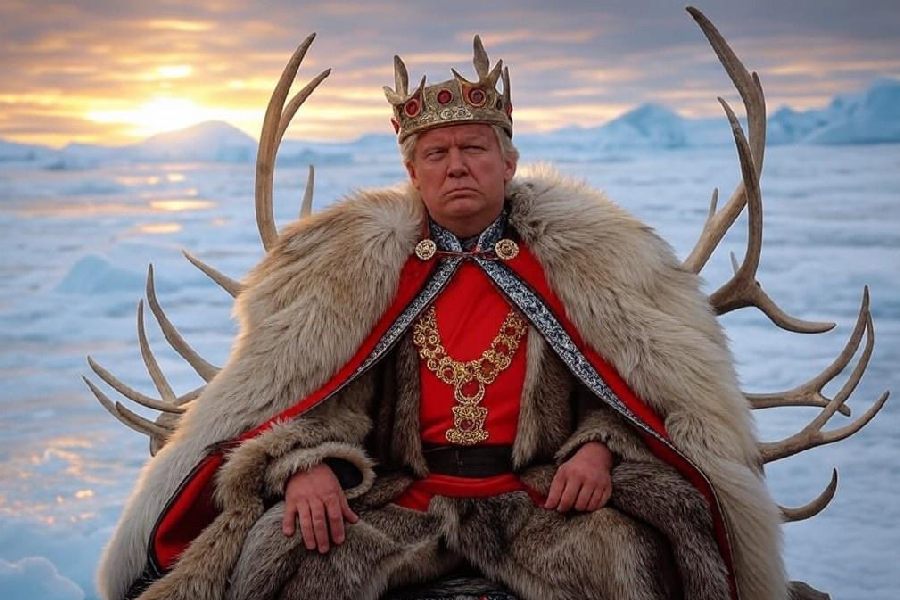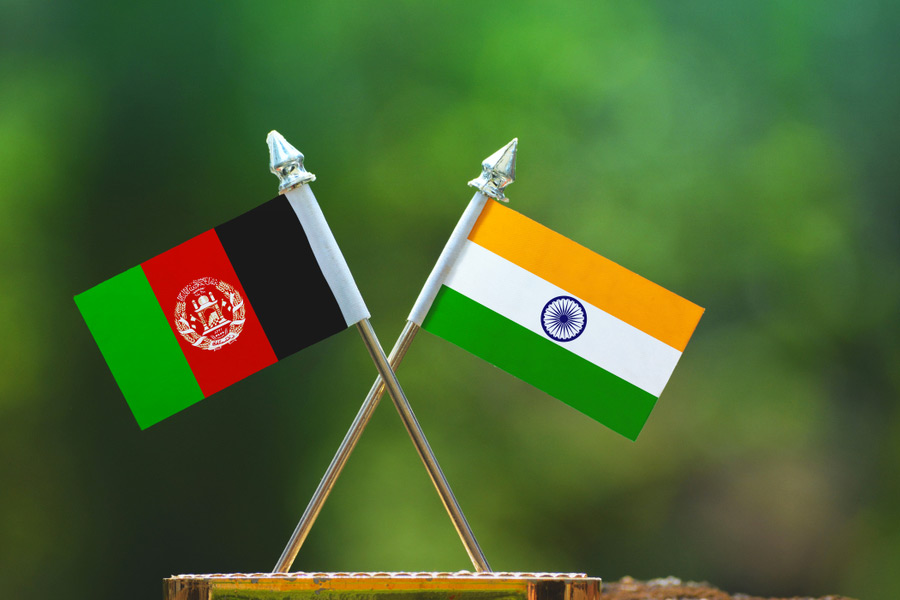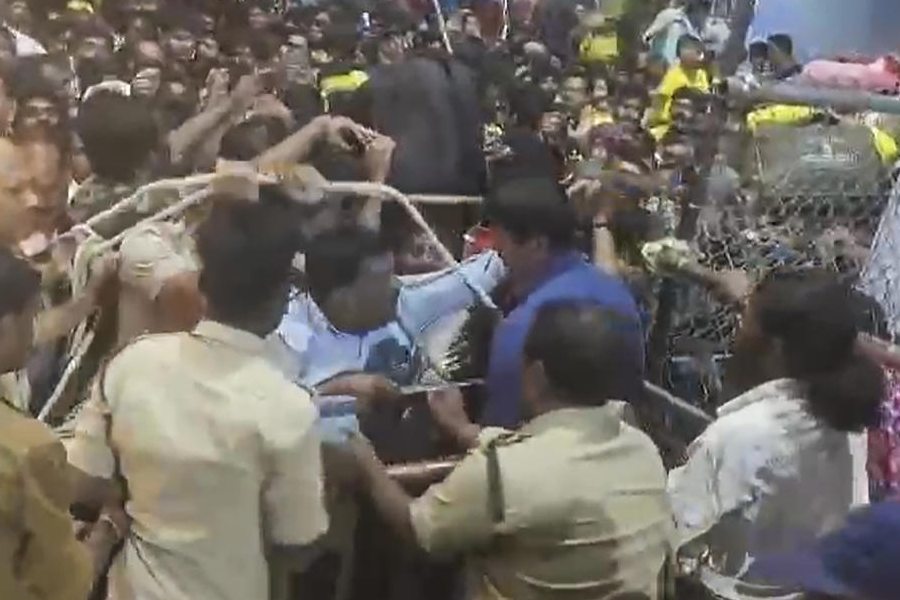Veteran climbers of Mount Everest are sceptical that proposed new regulations by the Nepali government to tighten the permit process for adventurers will address the root causes of this year’s heavy death toll on the world’s tallest peak.
American mountaineers Ed Viesturs and Alan Arnette said planned new laws — if they are introduced at all — are unlikely to tackle the growing trend of inexperienced climbers rushing in packs to scale the 29,035-foot (8,850-metre) Himalayan peak.
“I’ve seen this movie so many times it’s totally predictable,” Arnette told Reuters in a telephone interview on Tuesday. “Every year since 2013, something goes wrong and they (the Nepal government) announce all these new rules and never implement them.”
Eleven climbers died on Mount Everest this year — nine on the Nepali side and two on the Tibetan side. Many perished when a rush to climb the mountain during a short window of suitable weather in late May led to a“traffic jam” near the summit.
“Most teams opt to go for the summit when the first weather window is predicted,” Viesturs said.
“Everyone is afraid of missing what might be the one and only perfect day. There are typically several good summit days, but there's pressure to go when everyone else goes.”
Nepal has traditionally issued climbing permits to anyone prepared to pay the $11,000 fee, handing out a record 381 passes this year. With essential Sherpas and guides added, more than 800 people were trying to reach the summit during the short weather window.
Among the changes proposed by the Nepali government is a requirement for climbers to submit a medical report by a certified doctor disclosing their history and state of health. Another suggested requirement was the climbers submit proof they had scaled another 6,500-metre peak in Nepal.
Arnette said the first change was unlikely to be enough, given the potential to forge medical documents, while the second made little sense as many climbers have scaled higher peaks elsewhere. The recommendations have been submitted to the cabinet for approval, Mira Acharya, who oversees climbing activities for the Nepal government’s Department of Tourism, said.











